
Introduction
Sodium cyanide is a highly toxic chemical widely used in industries such as mining, electroplating, and chemical manufacturing. However, its toxicity and potential for severe consequences in case of an incident demand strict safety measures and well - organized emergency response plans. This article aims to provide a comprehensive overview of the best practices for handling sodium cyanide accidents to protect lives, property, and the environment.
Understanding Sodium Cyanide
Sodium cyanide is a white crystalline or granular powder. When it comes into contact with water, acids, or certain other substances, it can release hydrogen cyanide gas, a highly toxic chemical asphyxiant. This gas interferes with the body's ability to use oxygen, leading to rapid fatality in case of exposure. The substance has systemic effects, with the central nervous system (brain), cardiovascular system (heart and blood vessels), and pulmonary system (lungs) being the most sensitive to its impact. It's important to note that while hydrogen cyanide gas may have a distinctive bitter almond odor for some, a significant portion of the population cannot detect it, and Sodium Cyanide is odorless when dry.
Emergency Preparedness
Risk Assessment and Planning
Identify Hazards: Conduct a thorough assessment of all processes and storage areas where Sodium cyanide is used or stored. Determine potential scenarios for leaks, spills, or releases, such as equipment failure, human error, or natural disasters.
Develop Emergency Response Plans: Create detailed plans that outline the actions to be taken in case of different types of sodium cyanide incidents. These plans should include evacuation procedures, communication protocols, and decontamination methods.
Define Roles and Responsibilities: Clearly assign tasks to different individuals or teams. For example, designate incident commanders, rescue teams, medical responders, and environmental protection teams. Ensure that everyone understands their role and the overall response strategy.
Training and Drills
Provide Regular Training: Train all employees who may be involved in handling sodium cyanide or responding to an incident. Training should cover the properties of sodium cyanide, safe handling procedures, use of personal protective equipment (PPE), and emergency response techniques.
Conduct Drills: Regularly conduct emergency drills to test the effectiveness of the response plans. Drills should simulate different incident scenarios, including small spills, large - scale releases, and situations involving injured personnel. Analyze the results of each drill to identify areas for improvement.
Equipment and Resources
Personal Protective Equipment: Ensure that appropriate PPE is available for all responders. This may include Level A or Level B chemical - biological - radiological - nuclear (CBRN) self - contained breathing apparatus (SCBA) with protective suits, chemical - resistant gloves (both inner and outer), and chemical - resistant boots.
Decontamination Equipment: Have equipment for decontaminating affected individuals and areas. This can include large - capacity water hoses, safety showers, emergency eye wash stations, and absorbent materials like activated carbon for cleaning up spills.
First - Aid and Medical Supplies: Stock first - aid kits with specific antidotes for cyanide poisoning, such as 4 - dimethylaminophenol (4 - DMAP) or sodium nitrite, along with other general medical supplies. Ensure that there are trained medical personnel or paramedics on standby.
Communication and Monitoring Tools: Set up reliable communication systems to coordinate the response efforts. Use wind socks to monitor wind direction (helpful for predicting the spread of toxic fumes) and gas detectors to measure the concentration of hydrogen cyanide gas in the air.
Emergency Response
Incident Detection and Reporting
Early Detection: Implement monitoring systems to detect sodium cyanide leaks or releases as early as possible. This can include gas sensors in areas where sodium cyanide is stored or used.
Immediate Reporting: Establish a clear reporting mechanism. Any suspected or confirmed sodium cyanide incident should be reported immediately to the relevant internal departments (such as safety, management) and external authorities (such as local fire departments, environmental protection agencies). Provide detailed information about the nature of the incident, the location, and the estimated quantity of sodium cyanide involved.
Evacuation and Isolation
Evacuate Affected Areas: Evacuate all non - essential personnel from the area where the sodium cyanide release has occurred. Use pre - determined evacuation routes and assembly points. Ensure that everyone is accounted for at the assembly points.
Isolate the Incident Site: Set up a perimeter around the incident site to prevent unauthorized entry. The size of the isolation zone should be determined based on the extent of the release, wind direction, and other factors. For example, in case of a large - scale release, the isolation radius may need to be several hundred meters.
Rescue and First - Aid
Rescue Operations: Trained rescue teams, equipped with appropriate PPE, should enter the affected area to rescue injured personnel. Use stretchers to safely evacuate victims from the immediate danger zone.
First - Aid Treatment: Provide immediate first - aid to victims. Remove them from the source of contamination, and if they have come into contact with sodium cyanide, decontaminate their skin and eyes. For skin contact, rinse with large amounts of water for at least 20 minutes. For eye contact, flush with water for at least 15 minutes. If the victim has inhaled hydrogen cyanide gas or ingested sodium cyanide, administer appropriate antidotes as soon as possible, but only by trained medical personnel.
Containment and Clean - up
Contain the Spill or Release: If possible, contain the sodium cyanide spill to prevent its spread. For liquid spills, use absorbent materials to soak up the chemical. For solid spills, shovel the material into appropriate containers. In case of a release into water bodies, consider building barriers (such as booms in rivers or lakes) to prevent the spread of the contaminated water.
Clean - up and Decontamination: Thoroughly clean up the affected area. Use appropriate cleaning agents and procedures to decontaminate surfaces, equipment, and soil. All contaminated materials, including absorbent materials, must be properly disposed of in accordance with local regulations.
Post - Incident Follow - up
Environmental Monitoring
Air and Water Monitoring: Conduct continuous monitoring of the air and water in the vicinity of the incident site. Check for residual hydrogen cyanide gas in the air and cyanide ions in water bodies. Monitor for an extended period to ensure that the environment has returned to a safe state.
Soil Sampling: Take soil samples from the affected area to assess the extent of contamination. Determine if any remediation measures are required for the soil.
Investigation and Analysis
Root Cause Analysis: Conduct a detailed investigation to determine the root cause of the sodium cyanide incident. This may involve examining equipment failure, human error, or flaws in safety procedures.
Lessons Learned: Analyze the emergency response process to identify areas for improvement. Update emergency response plans, training programs, and safety procedures based on the lessons learned from the incident.
Community Communication
Keep the Public Informed: Provide regular updates to the local community about the incident, the response efforts, and the environmental monitoring results. Address any concerns or questions from the public to maintain transparency and trust.
In conclusion, a well - prepared and coordinated emergency response is crucial in minimizing the impact of sodium cyanide incidents. By following these best practices, industries can better protect their employees, the public, and the environment from the hazards associated with this highly toxic chemical.
- Random Content
- Hot content
- Hot review content
- Company product introduction
- Sodium Isobutyl Xanthate SIBX 90%
- Collector BLK-301/Composite Flotating Active Matter ≥60%
- industry Electric Detonator
- Antimonium Tartrate Potassium
- Cobalt Sulphate Heptahydrate
- Manganese sulfate
- 1Discounted Sodium Cyanide (CAS: 143-33-9) for Mining - High Quality & Competitive Pricing
- 2Sodium Cyanide 98% CAS 143-33-9 gold dressing agent Essential for Mining and Chemical Industries
- 3Sodium Cyanide 98%+ CAS 143-33-9
- 4China's New Regulations on Sodium Cyanide Exports and Guidance for International Buyers
- 5Anhydrous Oxalic acid 99.6% Industrial Grade
- 6Oxalic acid for mining 99.6%
- 7Reagent Grade/Industrial Grade Hydrochloric Acid min.31%
- 1Sodium Cyanide 98% CAS 143-33-9 gold dressing agent Essential for Mining and Chemical Industries
- 2High Quality 99% Purity of Cyanuric chloride ISO 9001:2005 REACH Verified Producer
- 3 High-Quality Sodium Cyanide for Leaching
- 4Powdery emulsion explosive
- 5Industry Grade Electron grade 98% Sulfuric Acid H2SO4 Sulphuric Acid Battery Acid Industrial Sulfuric Acid
- 6Colloidal emulsion explosive
- 7sodium hydrosulfide 70% flakes used Mining Industry


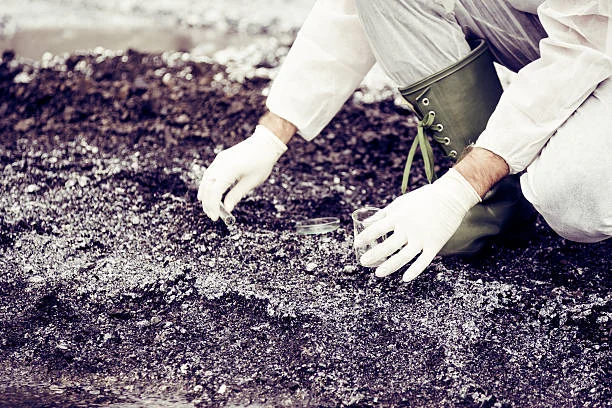
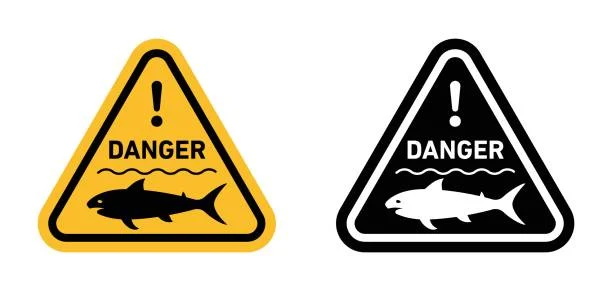
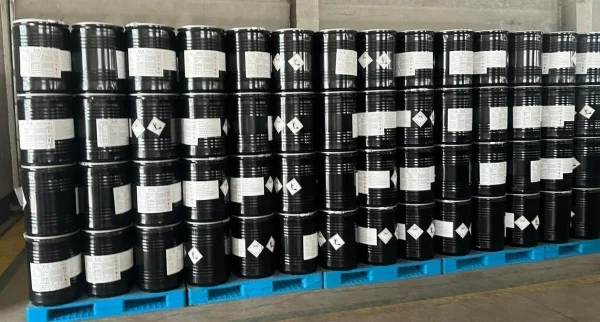
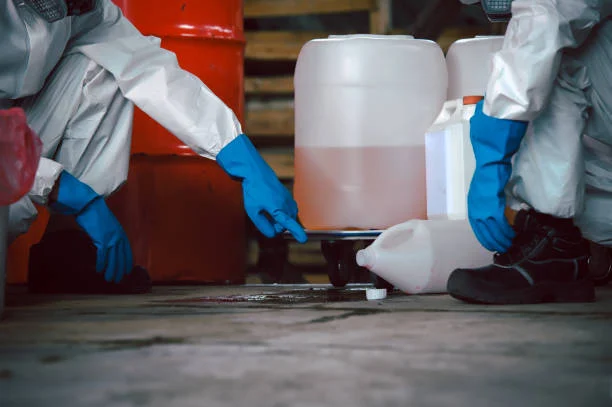
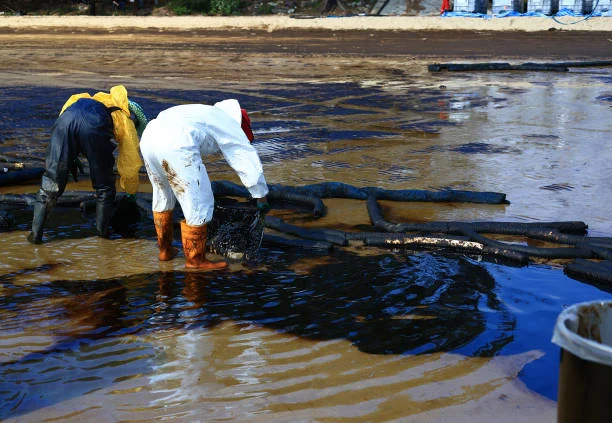

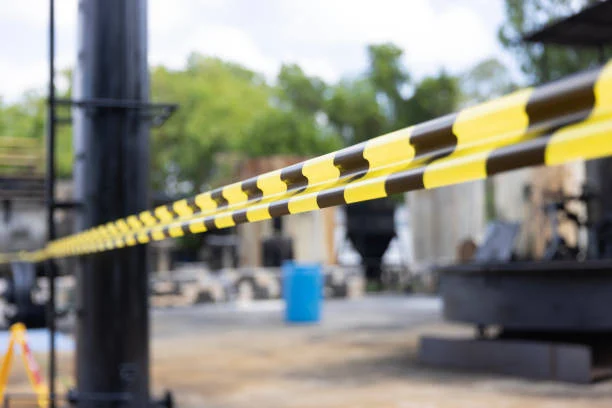
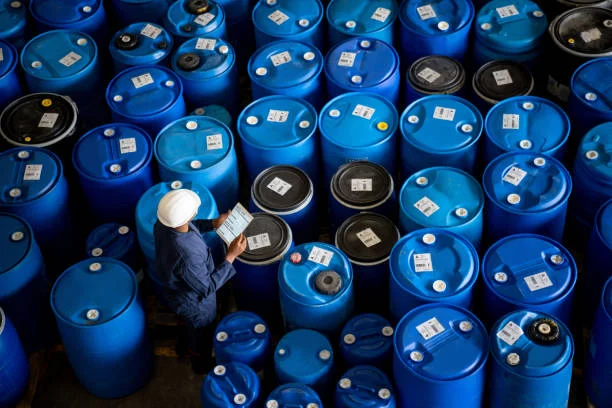


Online message consultation
Add comment: